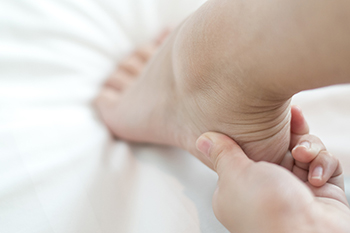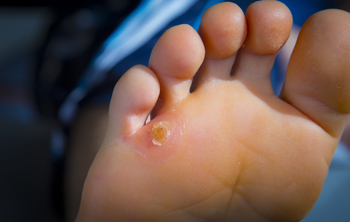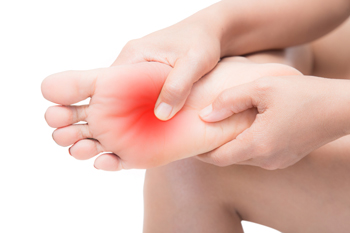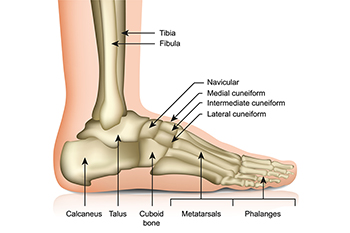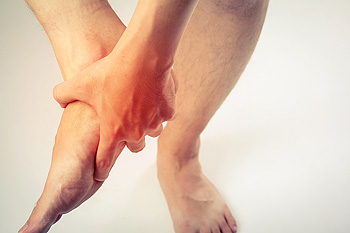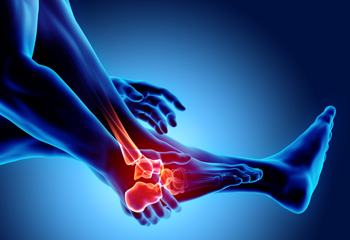
Working in cold weather poses unique challenges, especially when it comes to safeguarding the health of our feet. Cold temperatures can lead to decreased blood flow, making our extremities more susceptible to frostbite and other cold-related injuries. To protect your feet in frigid conditions, it is imperative to invest in quality insulated footwear that shields against the cold weather while providing adequate ventilation to prevent moisture buildup. Layering socks is another effective strategy, ensuring proper insulation without compromising circulation. Be mindful of the fit, as tight footwear can restrict blood flow, exacerbating the risk of cold-induced ailments. Additionally, opting for moisture-wicking socks helps keep feet dry and reduces the likelihood of frostbite. Regular breaks to warm up, proper hydration, and staying vigilant for early signs of cold stress are critical elements in a comprehensive approach to foot protection in cold weather, ensuring both comfort and safety on the job. If you would like additional information about what specific types of shoes to buy for foot protection during the cold months, it is suggested that you visit a chiropodist.
If you stand all day, you may be at an increased risk of developing various foot conditions. If you are experiencing foot pain of any kind, please consult with one of the chiropodists from The Footcare Centre. Our chiropodists will assess your condition and provide you with quality foot and ankle treatment.
What Foot Problems Are Caused by Standing?
Standing all day at work may increase your risk of developing foot or ankle problems.
Some common foot conditions that may arise from spending all day on your feet include:
Foot pain
Blisters
Corns and calluses
Arthritis
Flat feet
Bunions
Sprains
Athlete’s foot
Prevention
If you stand for prolonged periods of time for work, taking preventative measures to preserve the health of your feet is strongly recommended.
Measures you can implement to help prevent foot problems include:
Wearing shoes that are comfortable and fit well - these shoes should be made of breathable materials and provide you with arch support and cushioning. It is best to avoid shoes that have heels or narrow toe boxes.
Taking breaks to rest, walk, and stretch your feet throughout the day
Maintaining good foot hygiene - wash and dry your feet thoroughly every day
If you have any questions, please feel free to contact our office located in . We offer the newest diagnostic and treatment technologies for all your foot care needs.
